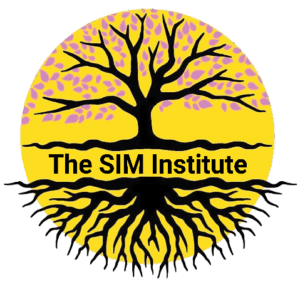The Montessori Method and speech therapy may seem like two separate approaches in the field of early childhood development, but upon closer inspection, you’ll find that they share many principles and methods. Both aim to foster a child’s cognitive, social, and communicative abilities, and they do so by capitalizing on a child’s natural curiosity and active engagement.
The Montessori Method
The Montessori Method, developed by Dr. Maria Montessori, is an educational approach that emphasizes independence, freedom within limits, and respect for a child’s natural psychological, physical, and social development.
At its core, the Montessori Method believes in the creation of a prepared environment where children can explore and learn at their own pace. It uses tactile, hands-on experiences to encourage learning, allowing children to interact directly with educational materials. This involvement helps children develop their motor skills, enhance their sensory experiences, and understand complex concepts.
Speech Therapy
Speech therapy, on the other hand, is a therapeutic approach aimed at helping children who have difficulties with communication, including problems with speech sounds, language, voice, fluency, and swallowing. Speech-Language Pathologists (SLPs) use a range of techniques and tools designed to improve communication, such as language intervention activities, articulation therapy, and oral-motor/feeding and swallowing therapy.
The Intersection
While their primary goals might differ, the Montessori Method and speech therapy share many overlapping principles and strategies that contribute to cognitive development.
Hands-On learning:
Both approaches value the importance of active, tactile learning. In the Montessori Method, children use a range of materials to explore and learn. Similarly, SLPs often use tangible aids and games to make therapy sessions interactive and engaging. This hands-on approach helps children understand abstract concepts better and facilitates active learning.
Individualized approach:
Both methods respect individual differences and tailor their approaches to meet the child’s unique needs and abilities. Montessori education encourages children to learn at their own pace, while SLPs design personalized therapy plans considering the child’s specific communication issues.
Multi-Sensory stimulation:
Both Montessori and speech therapy utilize multi-sensory experiences to enhance learning. For instance, a Montessori activity might involve sorting objects of different textures, promoting tactile and visual engagement. Similarly, an SLP might use techniques that incorporate visual aids, touch, and sounds to improve a child’s articulation skills.
Social Interaction:
Both approaches recognize the importance of social interaction for cognitive development. Montessori classrooms often encourage peer learning and group activities. Similarly, SLPs may use role-plays or social stories to teach social communication skills.
In conclusion, while the Montessori Method and speech therapy might have different starting points, they converge in their mission to enhance a child’s cognitive development. These overlapping principles highlight that learning is not confined to a single method or approach. Instead, it is a multi-faceted process that can benefit from a harmonious blend of various strategies.

